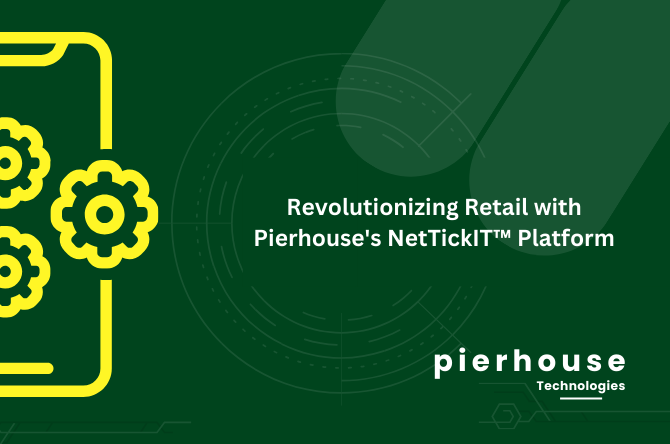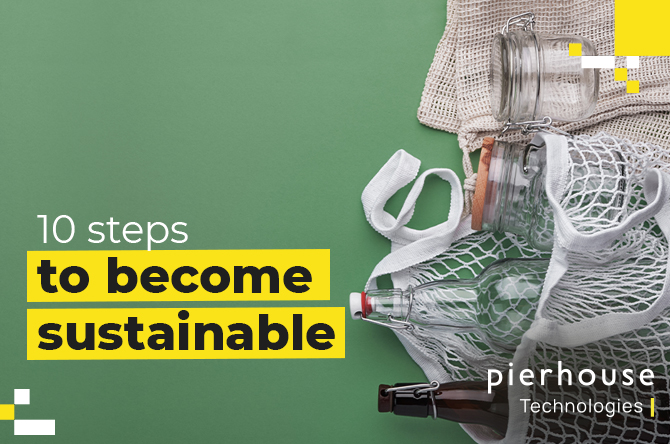It used to be so simple. Only people with lots of money bought luxury goods and high end products. People without much money mainly shopped in stores that people with lots of money said they wouldn’t be seen dead in. Marketing to both segments was pretty straight forward. How things change.
According to Bain consultancy sales of luxury and premium goods have held up far better than expected during the economic downturn. More than half the British population bought at least one such product during the last 12 months. Perhaps even more surprising is that people who earn between £25,000 and £50,000 a year made up around 30 per cent of the shoppers. As people with modest incomes buy more luxury and premium products people with much higher incomes are now shopping in the stores that they previously wouldn’t be seen dead in.
Customers at all income levels are using much more complex buying criteria in addition to price. If they regard any product as a commodity they will aim to spend the least on acquiring it from the most convenient retailer that they would trust for that specific product. For other products the quality and useful life of the product is more important so perceived overall value becomes much more important than just price. Just to confuse things, and prove that everyone is human, logic can be thrown out of the window when shoppers buy guilty pleasures such as luxury goods.
The challenge for retailers is to ensure that their products are not viewed as commodities and that they can demonstrate real value overall as well as being a trusted supplier. A great opportunity for creative marketers and maybe even more fun than marketing guilty pleasures.




